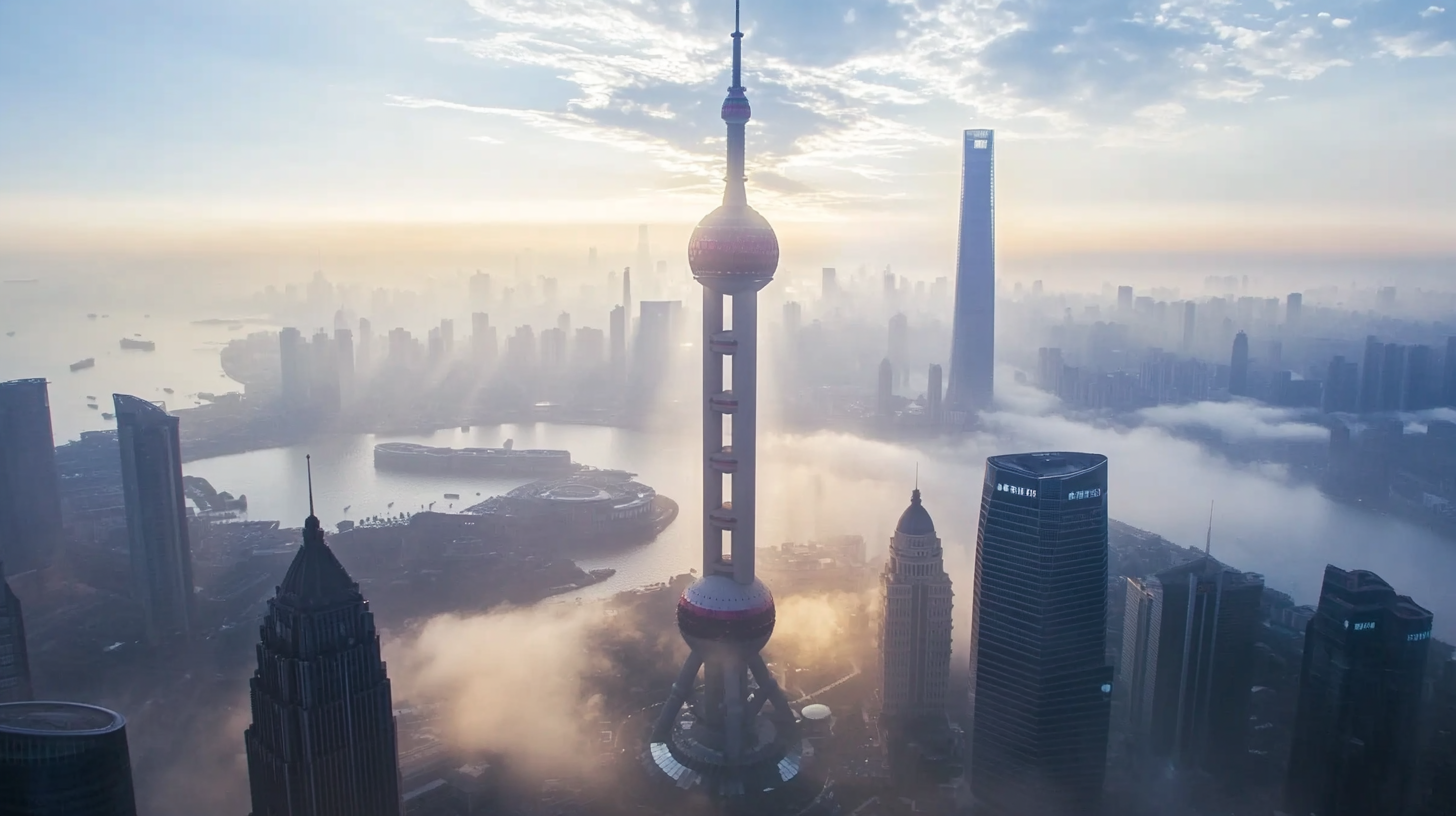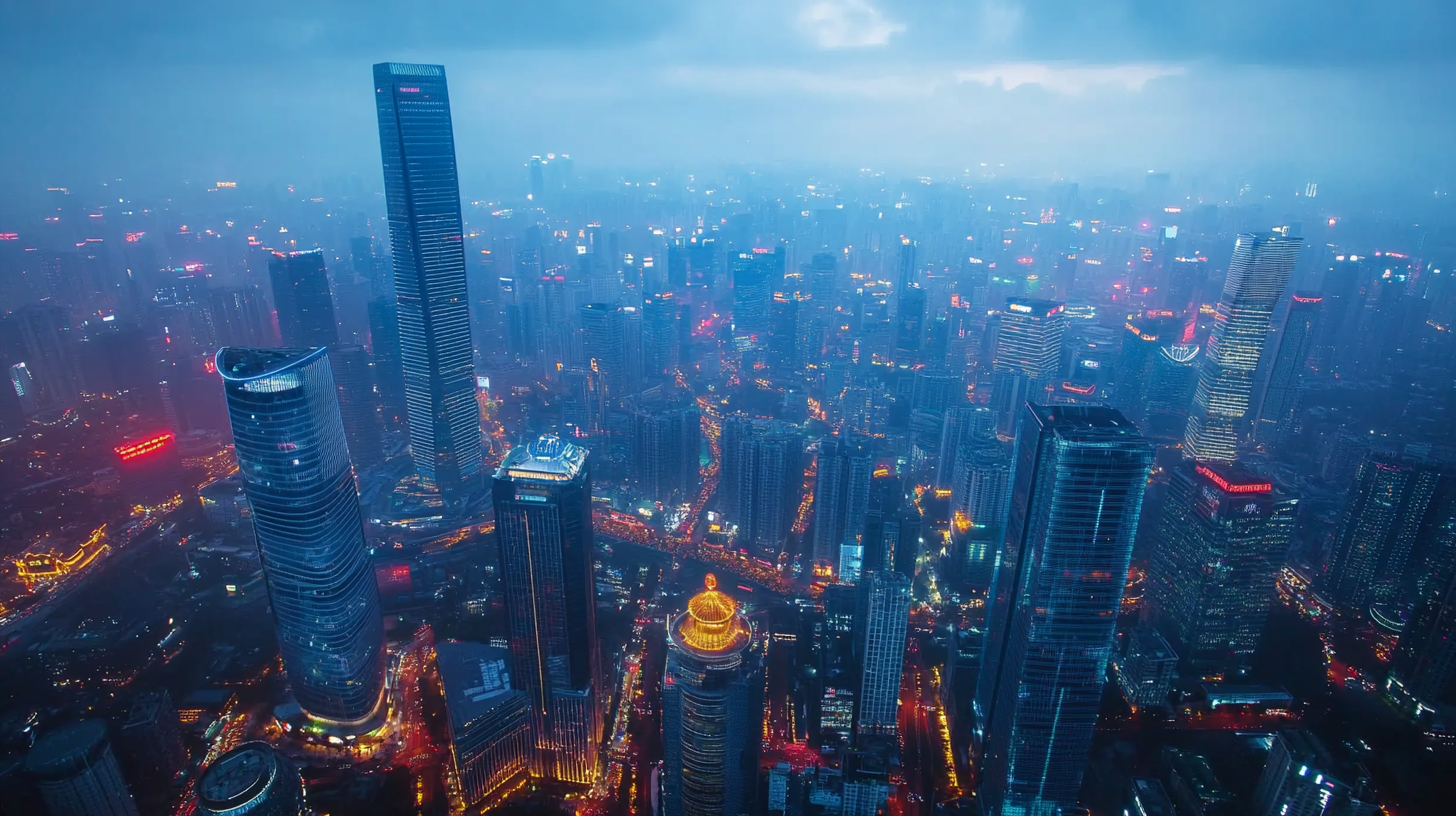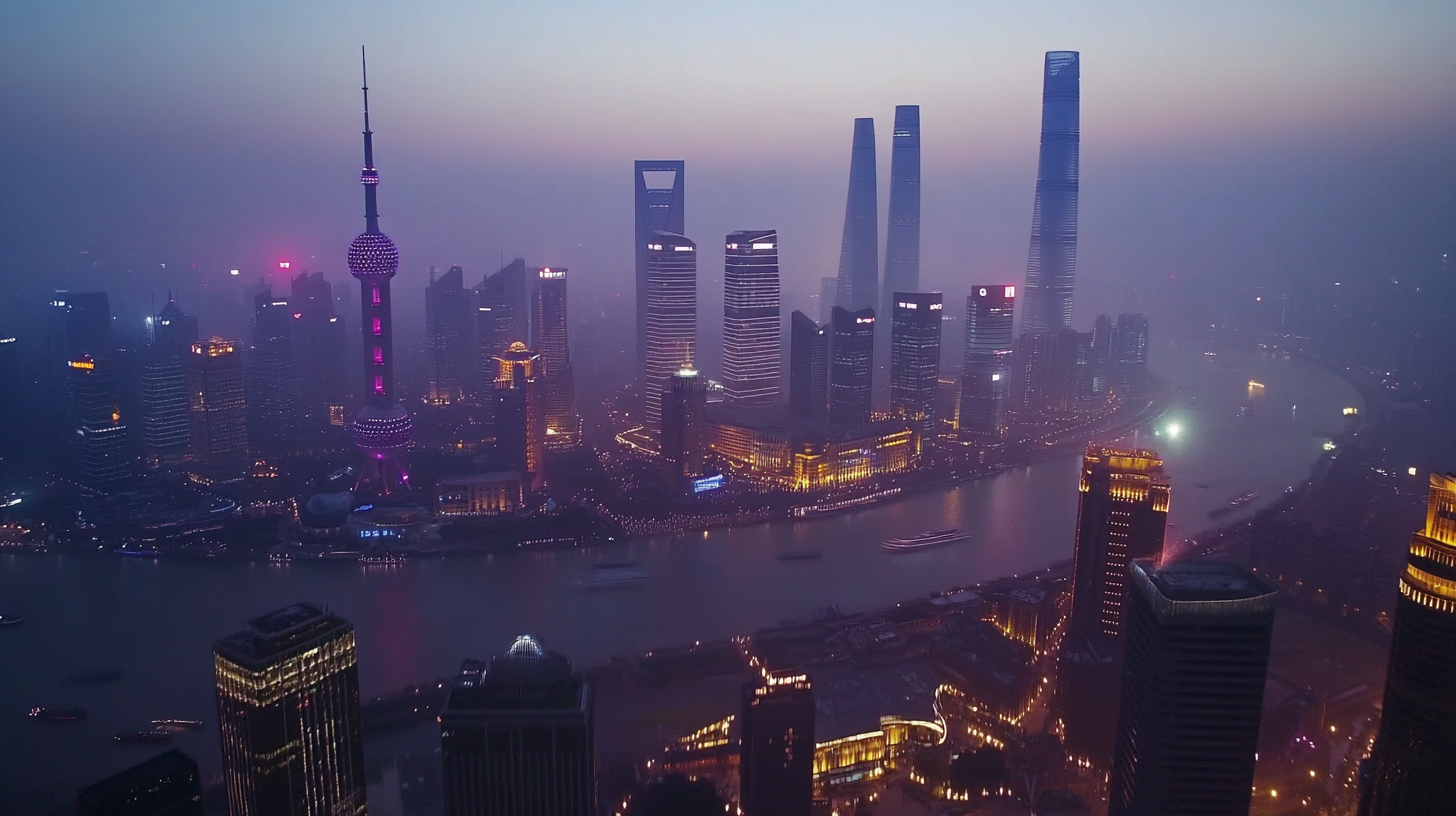


China has emerged as a global leader in industrial innovation, with the country's ongoing investments in technology and infrastructure paving the way for transformative advancements across various sectors. According to a report by McKinsey & Company, China's manufacturing sector is predicted to reach a staggering $6 trillion by 2030, driven by advancements in automation, IoT, and artificial intelligence. The nation's focus on green technologies and sustainable practices further enhances its competitive edge, with investments in renewable energy expected to exceed $1 trillion over the next decade, as highlighted by the International Renewable Energy Agency (IRENA). This blog will delve into the myriad benefits of Chinese innovations in industry, exploring how these developments not only bolster the national economy but also set a benchmark for global standards in efficiency, sustainability, and technological prowess.

The landscape of China's industrial innovation is marked by both remarkable advancements and significant challenges. At the forefront of this evolution is the dairy industry, which recently highlighted innovation as a key driver for high-quality development during the 31st annual meeting of the China Dairy Products Industry Association. This event, held in Nanjing, underscored the industry's commitment to meeting stringent international standards and enhancing product quality, reflecting a broader trend where innovation is becoming essential for maintaining competitiveness.
However, challenges persist. Internationally, countries such as the United States have voiced concerns regarding China's emerging technological capabilities, emphasizing the need for maintaining competitiveness amid a rapidly evolving landscape. Reports indicate that while China's GDP surged by 5.4% in the first quarter of 2025, it is crucial for industries to align their innovation strategies with globally accepted standards. The collaboration between China and Central and Eastern European nations on standardization demonstrates efforts to address these obstacles, aiming to foster a more structured approach to innovation. Adapting to these standards will be crucial for China’s continued leadership in global markets.
| Dimension | Challenges | Current Trends | Future Prospects |
|---|---|---|---|
| Artificial Intelligence | Lack of standardized benchmarks | Increasing integration in manufacturing | Widespread adoption across industries |
| Sustainable Energy | Inconsistent regulations | Growing investment in renewables | Established global standards |
| Smart Manufacturing | Technological compatibility issues | Rise of IoT in production facilities | Full automation and data-driven decision making |
| Robotics | High development costs | Increased deployment in logistics | Ubiquitous presence in all sectors |
| Cloud Computing | Data security concerns | Growing reliance on cloud services | Seamless integration with edge computing |
China is rapidly evolving its industrial landscape, driven by emerging technologies that are profoundly shaping its economic future. According to recent reports, China's investments in biotech, artificial intelligence, quantum computing, new energy, and advanced telecommunications like 6G are projected to yield significant growth opportunities. The country's biopharma sector alone is expected to surpass $200 billion by 2025, amplifying its role as a key player in global healthcare innovation. This surge demonstrates how China's integrated approach to developing strategic industries is gaining traction among foreign investors.
Moreover, the advent of AI and robotics is leading the charge in reshaping Chinese industries. The Chinese humanoid robot market is forecasted to experience a substantial uptick, with growth rates projected to exceed 25% annually over the next decade. This momentum is further bolstered by Beijing's strategic focus on establishing control over global supply chains in these domains, enhancing the nation's competitive edge. As these technologies advance, they will not only reinforce China's dominance in manufacturing but also catalyze a broader transition towards a high-tech economy, making it a formidable force in the emerging tech landscape.
This chart illustrates the projected growth of various emerging technologies that are shaping the future of Chinese industries over the next five years (2023-2028). The categories include Artificial Intelligence, Renewable Energy, Robotics, Biotechnology, and IoT (Internet of Things). Each category shows the estimated growth in investment (in billions of USD).
The evolving landscape of innovation in China’s industry is heavily influenced by varying regulatory frameworks. Recent studies indicate that companies operating under streamlined regulations tend to innovate 30% faster than those subjected to stringent controls. For instance, the China National Innovation Index reported that regions with proactive policies foster more dynamic startup ecosystems, thereby enhancing overall industrial competitiveness. This suggests that an adaptive regulatory approach can encourage creativity and technological advancement, crucial for maintaining China's position as a global leader in innovation.
**Tip:** To capitalize on favorable regulations, industries should engage with local governments to stay informed about policy changes that can affect innovation incentives.
Moreover, the integration of digital technologies in response to evolving regulations is transforming how businesses operate. According to a report by McKinsey, Chinese firms that embraced digitalization witnessed a 25% improvement in operational efficiency. Regulatory frameworks that promote digital compliance not only streamline processes but also create an environment ripe for innovation, allowing companies to leverage data-driven decision-making.
**Tip:** Businesses should invest in compliance solutions that enhance their digital transformation efforts, enabling them to adapt swiftly to regulatory shifts and drive innovation.

China's manufacturing sector has seen remarkable transformations driven by successful innovations across various industries. For instance, in artificial intelligence, China has become a global leader, producing a significant number of research publications and competing closely with the United States in generative AI technologies. This strategic investment in AI both from the government and private sectors exemplifies how Chinese firms are not just adopting innovative practices but are leading in shaping the future of technology.
Similarly, in the realm of biotechnology, China's ambitions have shifted from being a latecomer to a powerhouse of innovation. With a robust national strategy and considerable resources, the country has fostered an environment that facilitates cutting-edge research and development. Such transitions highlight a unique innovation ecosystem that supports the emergence of unicorns and an influx of advanced technologies, positioning China as a formidable player in the global manufacturing landscape. This trend is also evident in the display industry, where Chinese companies have established themselves as leading innovators, contributing to the nation’s reputation as a hub for pioneering industrial advancements.
In navigating the future of industry innovations in China, one of the foremost challenges lies in overcoming standards-related obstacles. The integration of real-world data into public health efforts exemplifies how evidence-based practices can enhance decision-making. By refining standards for personal information protection, stakeholders can better leverage this data to inform health initiatives, thereby ensuring compliance and fostering innovation.
Moreover, the ongoing decoupling of U.S. and Chinese technology ecosystems presents a critical barrier to standardized practices. As technological collaborations weaken, China must develop robust strategies that align with international standards to maintain competitive advantage. This includes fostering sector-specific agreements and enhancing cross-border collaboration to streamline processes and facilitate smoother trade relations. By prioritizing standardization efforts, China can not only bolster its industry innovations but also secure a more prominent place in the global market.
